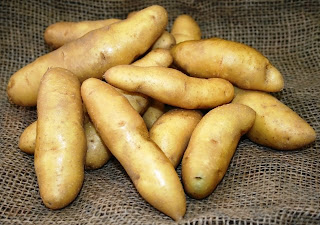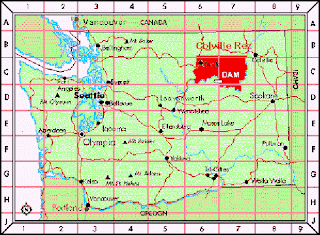


We've delivered for about five weeks, and soon we'll be having our peppers and tomatoes to add to the list. The last couple of weeks have provided some delicious raspberries, and our blueberries are just getting started.
Every year it seems like the conditions are right for some plants, while not as much for others. This year, for example, our onions are growing as never before--we have huge Walla Walla Sweets, our carrots have been great, as have our snap peas. The broccoli is very slow, however, and the leeks have never really taken off. Our corn is easily knee high, and it looks like we will have a great crop, and the potatoes are looking great too.
The semi-greenhouse we have over the tomatoes and peppers is really helping them along. With the 90-degree Fahrenheit heat this week, we should be able to send some peppers in our boxes next week.



















